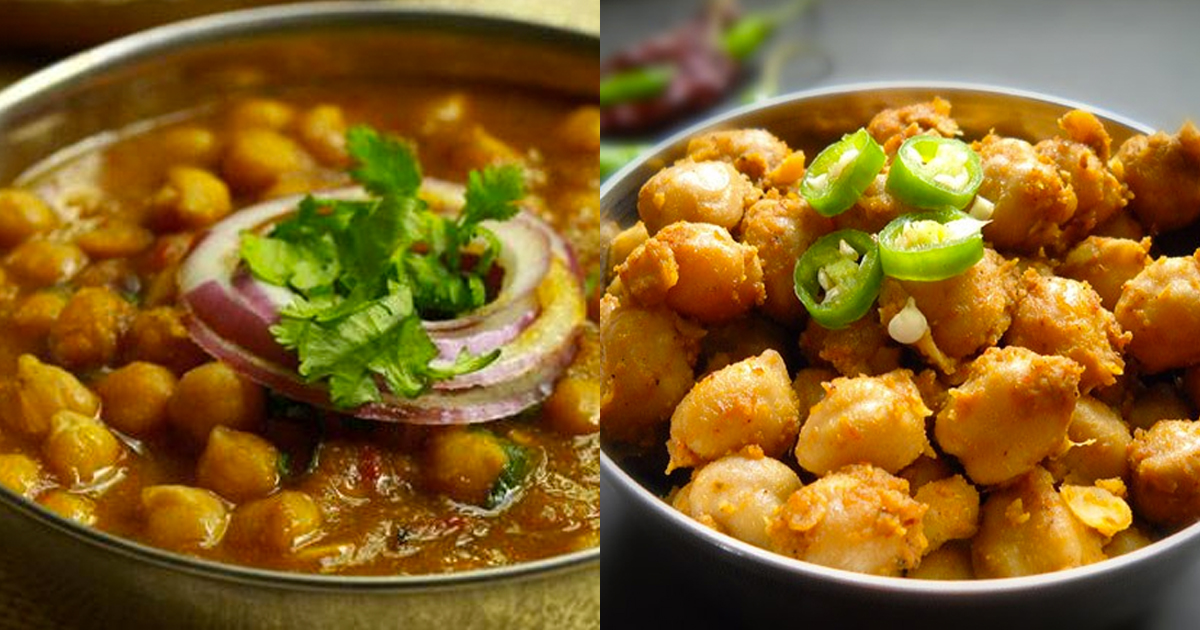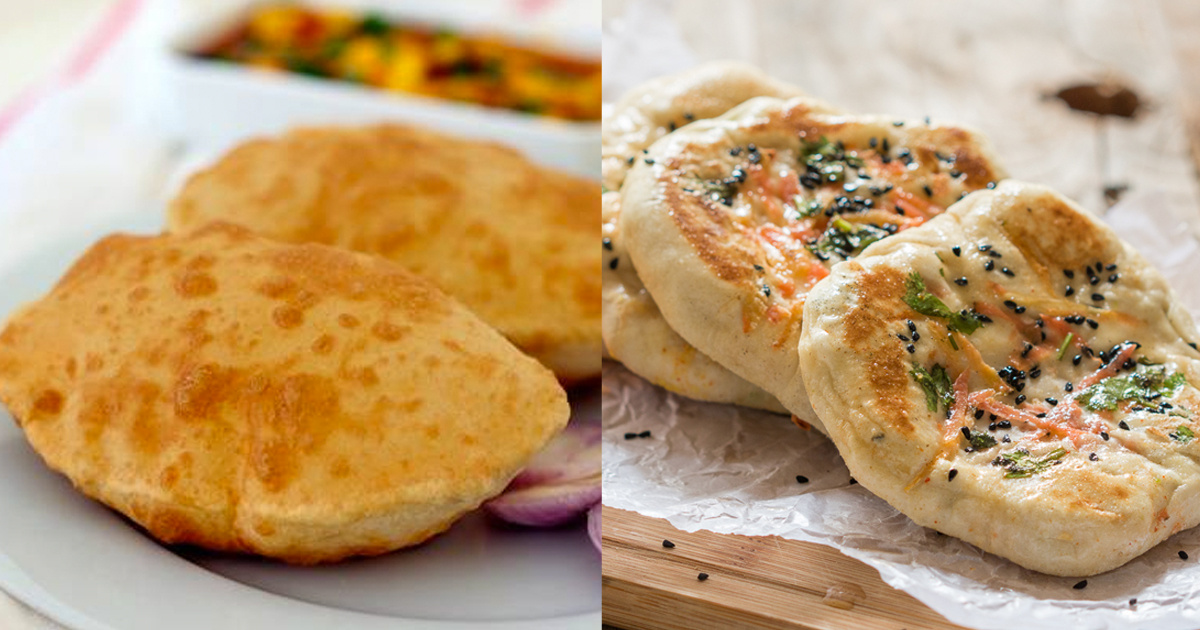Delhi
Dilli Diaries: Chhole Bhature v/s Chana Kulcha, Know The Difference!
A friend and I were plodding around the streets of Lajpat Nagar one of these evenings (evening because I would rather not scald my skin off in the Delhi afternoon) when a friend returned with a loaded plate of chana kulcha instead of the chhole bhature that she’d promised. Sans any remorse, that too. Because the genius made the age-old mistake of confusing chana kulcha for chhole bhature. Worse still, she tried to SELL me the idea of scoffing down the mistaken street food as well. With a side of her silly explanation, no less: “arey you like chhole no, chana is also chickpea only! Eat it!”.
That’s not how it works! Will you eat pulao in place of biryani because they are both preparations?! Or would you switch the bun in your burger for toasts because they are both bread? No, right? THEN STOP MESSING UP THE CHHOLE-BHATURE AND CHANA-KULCHA UNIVERSES!

But seriously, this is a legit issue with a ton of people who find it kind of hard to decipher what sets chana kulcha and chhole bhature apart from each other. So here’s a quick lesson in why and how the two are (very) dissimilar.
The Chickpeas
Despite belonging to the same Northwest Indian belt (and being white chickpea preparations) and being popular breakfast choices in North India, chhole and chana see a world of a difference while being cooked. Chhole is cooked with a light mildly spiced curry seasoned with strong spices such as garam masala and red chili powder, while the chana is drier and tangier owing to the presence of milder spices like dry ginger and powdered clove. And these obvious disparities result in completely different tasting chickpea dishes.
And speaking of the cooking process, it is also wise to note that making chhole is far lengthier than making chana, which is much like putting together a chaat by simply mixing together the boiled chickpeas and spices. Meanwhile preparing chhole mirrors the process of cooking any Indian gravy dish complete with ground pastes, wholes spices, and the works.

The Breads
Moving on to the breads that are also the more (visually) obvious difference when judging the two dishes. Much like the chickpea, here too the two major differences can be pointed out in the way the breads are cooked and how they taste. Although the two flat (well almost) breads are made with maida (all purpose flour) dough, the bhatura dough also uses a little yogurt. Secondly, the bhaturas are deep fried while kulchas are toasted on a tawa or griddle.
Furthermore, when you bite into a bhatura, you’ll taste the slight tangy nature of the dough at the back of the tongue. On the other hand, the kulcha is plainer, flavoured only by the kalonji (nigella seeds) or coriander leaves that it is seasoned with.
As mentioned earlier, the kulcha and bhatura also look distinctively different. While the former is flatter and softer, the latter is fluffy and slightly crispy owing to the deep-frying.

So now that you have your basic all cleared out, run along and treat yourself to a chana bhature.

Feature Image: Appy Bistro




















